How to Make a Flower Crown with Garden Blooms
Creating a flower crown is like crafting a piece of wearable art that reflects your personality and style. Whether you're preparing for a festival, a wedding, or just a delightful day outdoors, a flower crown can elevate your look and make you feel special. The beauty of using fresh garden blooms is that they not only look stunning but also carry the fragrance of nature, bringing a sense of joy and vibrancy. So, are you ready to dive into the enchanting world of flower crown making? Let’s get started!
Selecting the right flowers is essential for a stunning flower crown. You want to consider a few key factors: bloom size, color, and fragrance. Think of your flower crown as a painting; each flower is a brushstroke that contributes to the overall masterpiece. For a harmonious design, choose flowers that complement each other in color and shape. For instance, pairing large blooms like peonies with smaller ones like daisies can create a beautiful contrast. Additionally, don’t forget about the fragrance! Flowers like lavender or jasmine can add an aromatic touch that enhances the experience of wearing your crown.
Before jumping into the crafting process, it's important to gather all your materials. Having everything at your fingertips will make the experience smoother and more enjoyable. Here’s a quick checklist of what you’ll need:
- Fresh flowers from your garden
- Floral wire or vine wire
- Floral tape
- Scissors or garden shears
- Measuring tape for accuracy
With these materials in hand, you're ready to create something beautiful!
When it comes to making a flower crown, the type of wire you choose can make a significant difference in the crown's overall look and durability. Here are two popular options:
Floral wire is thin and easy to manipulate, making it ideal for delicate arrangements. It allows for precise shaping and is perfect for lightweight flowers. If you’re working with dainty blooms like baby’s breath or small roses, floral wire is your best bet. It’s like the fine brush you use for detailed painting.
On the other hand, vine wire is thicker and sturdier, providing robust support for heavier blooms. If you’re planning to incorporate larger flowers such as sunflowers or hydrangeas, vine wire will help create a more structured crown that can withstand outdoor conditions. Think of it as the strong framework that supports a grand structure.
Properly preparing your flowers is crucial for both longevity and appearance. Start by trimming the stems at an angle to promote hydration. Remove any excess leaves that may detract from the crown's beauty, and give your blooms a good drink of water before you start crafting. This little step ensures they stay fresh and vibrant throughout the process. Remember, a well-prepared flower is like a well-prepared canvas; it sets the stage for the masterpiece to come!
The base of your flower crown sets the foundation for your design. Here's how to make it:
Accurate measurements are vital for comfort. Use a measuring tape to determine the correct length of wire needed. You want your crown to fit snugly without being too tight; think of it like a comfortable hat that you can wear all day long without discomfort. Once you have your measurement, add a few extra inches to ensure you have enough length to twist the ends together.
Once measured, shape the wire into a circle, twisting the ends together securely. This forms a sturdy base that will support the weight of the flowers. It’s important to ensure that the base is both strong and flexible, allowing you to adjust it as necessary while you add your blooms. This step is akin to building the framework of a house; it needs to be solid to support the beauty that will follow.
Now comes the fun part—flower arrangement! This is where your creativity truly shines. Think of your crown as a garden that you’re designing. You want to create a balance of colors and shapes that draws the eye.
Layering flowers adds depth and texture to your crown. Use larger blooms as focal points and smaller ones to fill gaps. This technique creates a cohesive look that draws the eye and makes the crown visually appealing. Imagine it like a well-arranged bouquet; each flower plays its part in the overall harmony.
Securing flowers is essential for a lasting crown. Use floral tape and wire to attach blooms firmly. Wrap the stems tightly with floral tape, ensuring they stay in place during wear. This step is crucial; after all, you want your beautiful creation to last through laughter, dancing, and maybe even a few windy moments!
Adding finishing touches can elevate your flower crown to the next level. Consider incorporating greenery, ribbons, or embellishments to personalize your creation and make it uniquely yours. These little details can transform your crown from beautiful to absolutely stunning.
Greenery can add a lush, natural element to your crown. Use leaves and vines to complement the flowers, enhancing the overall aesthetic and providing a beautiful backdrop. Think of it as the frame that highlights a beautiful painting.
Ribbons or embellishments can provide a whimsical touch. Consider tying a ribbon around the base or adding decorative elements like pearls or feathers to enhance the crown's visual appeal. This is your chance to infuse your personality into your creation, making it truly one-of-a-kind!
Q: How long will my flower crown last?
A: With proper care and preparation, a flower crown can last anywhere from a few hours to a couple of days. Keep it hydrated and store it in a cool place when not in use.
Q: Can I use artificial flowers?
A: Absolutely! Artificial flowers can be a great alternative if you're looking for a more permanent crown. They come in various styles and colors, allowing for endless creativity.
Q: What is the best time to make a flower crown?
A: The best time to make a flower crown is in the morning when flowers are at their freshest. Avoid making crowns during the hottest part of the day to keep your blooms looking vibrant.
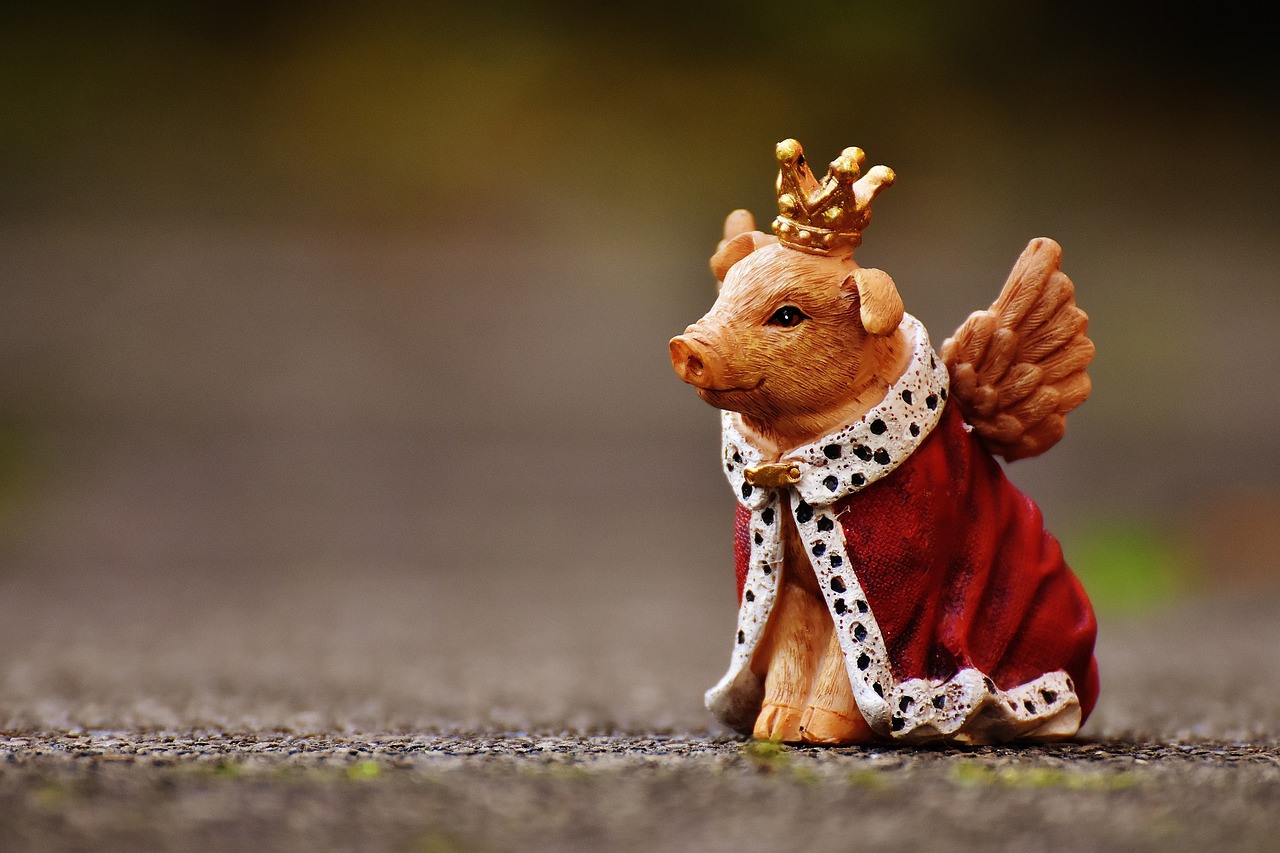
Choosing the Right Flowers
When it comes to crafting a breathtaking flower crown, the selection of flowers is not just a step; it's the heart and soul of your creation. Imagine walking into a vibrant garden, the air filled with sweet fragrances and colors bursting at every turn. This is the kind of inspiration you want to harness when choosing your blooms. You’ll want to consider a few key factors to ensure your crown is not just pretty but also a reflection of your personal style.
First off, think about bloom size. Larger flowers, like peonies or sunflowers, can serve as stunning focal points, while smaller blooms, such as daisies or baby’s breath, can fill in gaps and add texture. It’s all about balance! A crown that’s too heavy on one type of flower can look overwhelming, while a well-combined selection will create depth and interest. For instance, pairing a bold, large bloom with delicate, smaller flowers can create a beautiful contrast that draws the eye.
Next, let’s talk about color. The color palette you choose can convey different moods and themes. A crown made with soft pastels can evoke a sense of romance, perfect for weddings or garden parties, while vibrant, bold colors can make a statement at music festivals or summer gatherings. Don’t be afraid to mix and match colors; think of your flower crown as a canvas where you can express your creativity. Here’s a quick tip: consider the color wheel! Complementary colors (those opposite each other on the wheel) can create a striking visual impact, while analogous colors (those next to each other) offer a more harmonious look.
Lastly, let’s not forget about fragrance. While it might not be the first thing you think of, the scent of your flowers can enhance the overall experience of wearing your crown. Imagine the delight of wearing a crown that not only looks good but also smells fresh and inviting! Flowers like lavender or jasmine can add a lovely aromatic touch. Just be mindful of how strong the scent is; you don’t want it to be overpowering, especially if you’ll be wearing it for an extended period.
In summary, when choosing flowers for your crown, keep these three elements in mind:
- Bloom Size: Balance large and small flowers for visual interest.
- Color: Use a color palette that reflects your style and the occasion.
- Fragrance: Select blooms with pleasant scents to enhance the experience.
By paying attention to these details, you’ll create a flower crown that not only looks stunning but also feels uniquely yours. So, get out there, explore your garden, and let your imagination run wild!

Gathering Your Materials
Before diving into the delightful world of flower crown making, it’s essential to gather all the necessary materials. Think of this step as laying the foundation for a beautiful home; without the right tools, your creation might not turn out as stunning as you envision. So, let’s make sure you have everything you need to craft a breathtaking flower crown that will turn heads at any event!
First and foremost, you’ll need a selection of fresh flowers from your garden or local florist. When choosing your blooms, consider a mix of colors, sizes, and types to create a vibrant and lively crown. Some popular choices include:
- Roses: Perfect for adding a romantic touch.
- Daisies: Great for a cheerful and playful vibe.
- Lavender: Not only beautiful but also fragrant!
- Succulents: For a modern twist on traditional crowns.
Next, let’s talk about the structural components. You’ll need wire to shape the base of your crown. There are different types of wire you can use, and we’ll explore those in more detail later. For now, just know that having the right wire will ensure your crown is sturdy and holds its shape. Additionally, floral tape is a must-have for securing the flowers in place, while scissors will help you trim stems to the perfect length.
Here’s a quick table summarizing the essential materials you’ll need:
| Material | Purpose |
|---|---|
| Fresh Flowers | To create the main design of the crown. |
| Wire (Floral & Vine) | To form the base structure of the crown. |
| Floral Tape | To secure the flowers to the wire. |
| Scissors | To trim stems and wires as needed. |
Lastly, consider any additional decorative elements you might want to incorporate. Ribbons, beads, or even small charms can add a unique flair to your flower crown, making it truly one-of-a-kind. The key here is to let your creativity flow and choose materials that resonate with your personal style.
By having all your materials ready before you start, you’ll find the crafting process to be much smoother and more enjoyable. Just imagine the joy of transforming those simple blooms into a stunning accessory that reflects your personality and style!
Q: Can I use artificial flowers for my crown?
A: Absolutely! Artificial flowers can be a great alternative, especially if you want your crown to last longer or if fresh flowers are out of season.
Q: How long will my flower crown last?
A: Fresh flower crowns typically last a few hours to a day, depending on the type of flowers used and the conditions they are kept in. If you want longevity, consider using sturdier flowers or artificial blooms.
Q: Can I make a flower crown for a child?
A: Yes, just make sure to adjust the size of the crown for a comfortable fit. Children may also prefer smaller, lighter flowers for ease of wear.
Q: What should I do if my flowers start wilting?
A: If you notice any wilting, you can mist the flowers lightly with water to help them stay hydrated. Additionally, keep your crown in a cool place until you're ready to wear it.
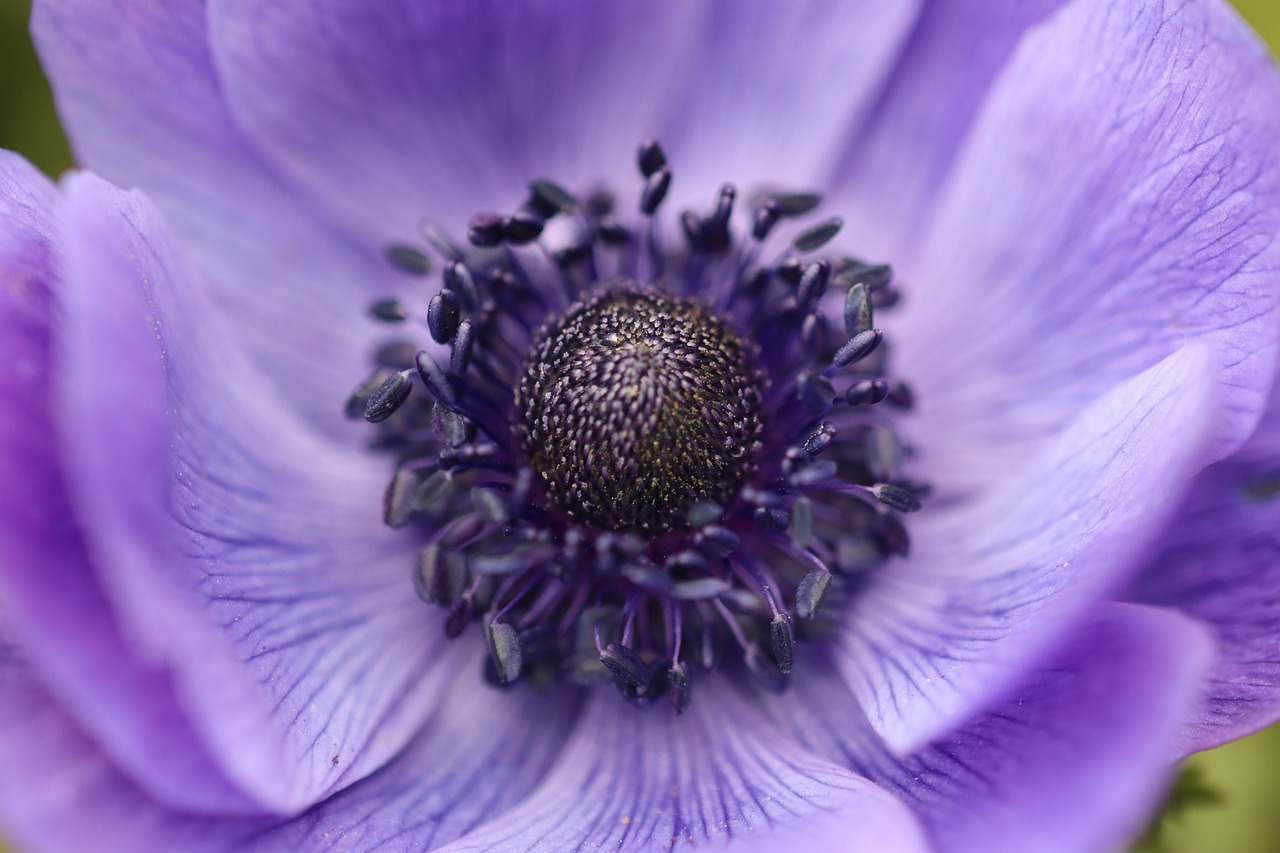
Types of Wire to Use
When it comes to crafting a stunning flower crown, the type of wire you choose plays a crucial role in both the aesthetics and durability of your creation. Two popular options are floral wire and vine wire, each with its own unique set of characteristics that can enhance your floral design experience.
Floral wire is a favorite among crafters due to its thin and flexible nature. This type of wire is easy to manipulate, allowing you to create intricate shapes and designs. It’s particularly well-suited for lightweight flowers like daisies and baby’s breath, which can be delicate and require gentle handling. Because floral wire can be bent and twisted with minimal effort, it allows for precise placement of flowers, giving you the freedom to express your creativity. If you're aiming for a more whimsical and airy crown, floral wire is your best bet.
On the other hand, vine wire offers a sturdier alternative for those looking to support heavier blooms such as roses or sunflowers. This thicker wire provides a robust framework, making it ideal for more structured designs that need to withstand the rigors of outdoor wear. Vine wire is often used when crafting crowns that will be worn for extended periods, as it maintains its shape and support, ensuring your floral masterpiece stays intact throughout your festivities.
Here’s a quick comparison of both wire types:
| Type of Wire | Advantages | Best For |
|---|---|---|
| Floral Wire | Thin, flexible, easy to manipulate | Lightweight flowers, intricate designs |
| Vine Wire | Thicker, sturdier, provides robust support | Heavier blooms, structured crowns |
In summary, the choice between floral wire and vine wire ultimately depends on the type of flowers you plan to use and the overall design you envision for your crown. By understanding the strengths of each wire type, you can select the one that best suits your floral crown project, ensuring that your creation is both beautiful and durable.
- Can I use any type of wire for a flower crown? While you can experiment with different types of wire, floral and vine wire are specifically designed for floral arrangements and are the best choices for durability and flexibility.
- How do I know which wire to choose? Consider the weight and type of flowers you are using. For lightweight flowers, floral wire is ideal; for heavier blooms, opt for vine wire.
- How long will my flower crown last? With proper care and the right materials, a flower crown can last several hours to a few days. Keeping it hydrated and in a cool place can extend its life.

Floral Wire Advantages
When it comes to crafting a stunning flower crown, floral wire is a game changer. This thin, flexible wire is specifically designed for floral arrangements, making it an ideal choice for those delicate blooms that you want to showcase. One of the biggest advantages of floral wire is its manipulability. You can easily bend and shape it to fit your design needs, allowing you to create intricate arrangements without the fear of breaking your flowers. Imagine being able to twist and turn your crown into the perfect shape, just like a sculptor molding clay.
Moreover, floral wire is incredibly lightweight, which means it won’t weigh down your flowers or your head. This is particularly important for those long summer days at festivals or outdoor weddings, where comfort is key. You want to enjoy the day without worrying about your crown slipping or feeling heavy. Additionally, the thinness of floral wire allows for a discreet attachment of flowers, ensuring that the focus remains on the beauty of your blooms rather than on the mechanics of your crown.
Another benefit of using floral wire is its cost-effectiveness. Floral wire is relatively inexpensive and can be found at most craft stores. This means you can create multiple crowns without breaking the bank. Plus, its versatility allows you to use it for various floral projects beyond just crowns, such as bouquets or centerpieces. It’s like having a multi-tool for your floral crafting!
To summarize, here are some key advantages of using floral wire for your flower crown:
- Flexibility: Easily bendable for intricate designs.
- Lightweight: Won't weigh down your flowers or your crown.
- Cost-effective: Affordable and versatile for multiple projects.
- Discreet: Keeps the focus on your beautiful blooms.
In conclusion, floral wire is not just a tool; it’s an essential companion in your flower crown-making journey. With its unique advantages, you can create a crown that is not only beautiful but also comfortable and durable. So, grab that floral wire and let your creativity bloom!
Here are some common questions and answers regarding floral wire and flower crowns:
- Can I use regular wire instead of floral wire? While you can use regular wire, it may not offer the same flexibility and lightweight properties that floral wire provides, which can affect the overall look and comfort of your crown.
- How do I know how much floral wire to use? It’s best to measure the circumference of your head and add a few extra inches to ensure a comfortable fit. Typically, a length of 24-30 inches should suffice for a standard crown.
- Can I reuse floral wire? Yes, you can reuse floral wire if it is still in good condition. Just make sure to clean it properly before using it again for a new project.

Vine Wire Benefits
When it comes to crafting a flower crown that not only looks stunning but also stands the test of time, vine wire is your best friend. This type of wire is thicker and sturdier than floral wire, making it an excellent choice for heavier blooms that might otherwise droop or fall out of place. Imagine trying to hold a beautiful bouquet together with a flimsy thread—frustrating, right? Vine wire provides the robust support needed to keep your crown intact, even during lively festivities or breezy outdoor events.
One of the standout advantages of using vine wire is its durability. This wire can withstand the rigors of outdoor conditions, ensuring that your flower crown remains a beautiful accessory throughout your event. Whether you're dancing at a festival or enjoying a picnic in the park, your crown will maintain its shape and elegance. Additionally, vine wire is relatively easy to work with, allowing you to bend and twist it into the desired shape without much hassle. This flexibility makes it perfect for creating intricate designs that can accommodate various flower types.
Moreover, vine wire allows for a more structured crown, which is particularly beneficial if you plan to use larger flowers or heavier foliage. The added strength means that you can be more adventurous with your floral choices, incorporating blooms that have a more substantial weight without worrying about them breaking free from the crown. Think of vine wire as the solid backbone of your floral masterpiece—it supports and enhances your creative vision.
In summary, when you're looking to create a flower crown that is both beautiful and functional, vine wire should be at the top of your list. Its durability, strength, and flexibility make it an ideal choice for crafting stunning floral arrangements that can endure the excitement of any occasion. So, gather your supplies and let your creativity bloom!
- Can I use vine wire for lightweight flowers? While vine wire is primarily used for heavier blooms, it can also be used for lightweight flowers if you prefer the added structure in your crown.
- How do I know if my crown is too tight? Your crown should fit snugly but comfortably. If you feel pressure or discomfort, it’s best to adjust the wire to ensure a better fit.
- How long will my flower crown last? With proper care and using durable materials like vine wire, your flower crown can last several hours to a day, depending on the type of flowers used.
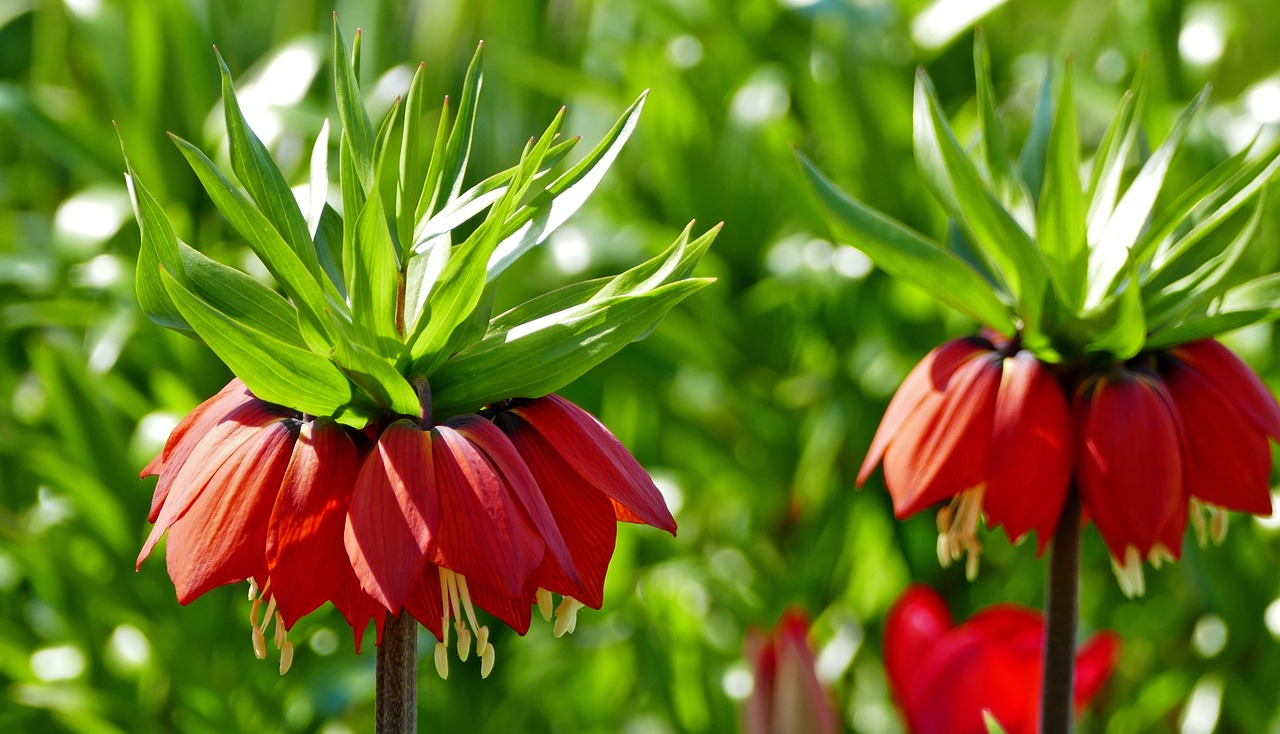
Preparing the Flowers
Properly preparing your flowers is crucial for ensuring they look stunning and last throughout your crafting process. First and foremost, hydration is key! Before you begin, give your blooms a good drink. Place them in water for a few hours; this will keep them fresh and vibrant while you work. Imagine your flowers as athletes getting ready for a big game—they need to be at their best!
Next, it’s time to trim the stems. Using sharp scissors or garden shears, cut the stems at an angle. This technique increases the surface area for water absorption, allowing your flowers to stay hydrated longer. Aim for a length of about 6 to 8 inches; this length is generally manageable and allows for easy attachment to the crown base.
As you prepare your flowers, don’t forget to remove any excess leaves. Leaves can wilt and turn brown, detracting from the overall beauty of your crown. Focus on keeping only the leaves that will enhance the design. Think of it as decluttering your workspace—less is more! You want the flowers to take center stage, not the foliage.
Here’s a quick recap of the steps for preparing your flowers:
- Hydrate: Place flowers in water for several hours.
- Trim: Cut stems at an angle, about 6 to 8 inches long.
- Remove Leaves: Eliminate excess leaves to keep the focus on the blooms.
By taking these steps, you ensure that your flowers remain fresh, vibrant, and ready to create a beautiful flower crown that will turn heads and draw compliments. Remember, the better you prepare your flowers, the more stunning your final creation will be!
Q: How long will my flower crown last?
A: With proper care, a flower crown can last anywhere from a few hours to a couple of days. Keep it in a cool place and avoid direct sunlight to extend its lifespan.
Q: Can I use any type of flower for my crown?
A: While you can use many types of flowers, it’s best to choose blooms that are sturdy and have a good water supply, such as roses, daisies, and wildflowers. Avoid flowers that wilt quickly.
Q: How do I store my flower crown after making it?
A: If you’re not wearing your crown immediately, store it in the refrigerator wrapped in a damp paper towel and placed in a plastic bag to keep it fresh.
Q: Can I make a flower crown with artificial flowers?
A: Absolutely! Artificial flowers can create beautiful crowns that last indefinitely. Just make sure they are lightweight for comfort.
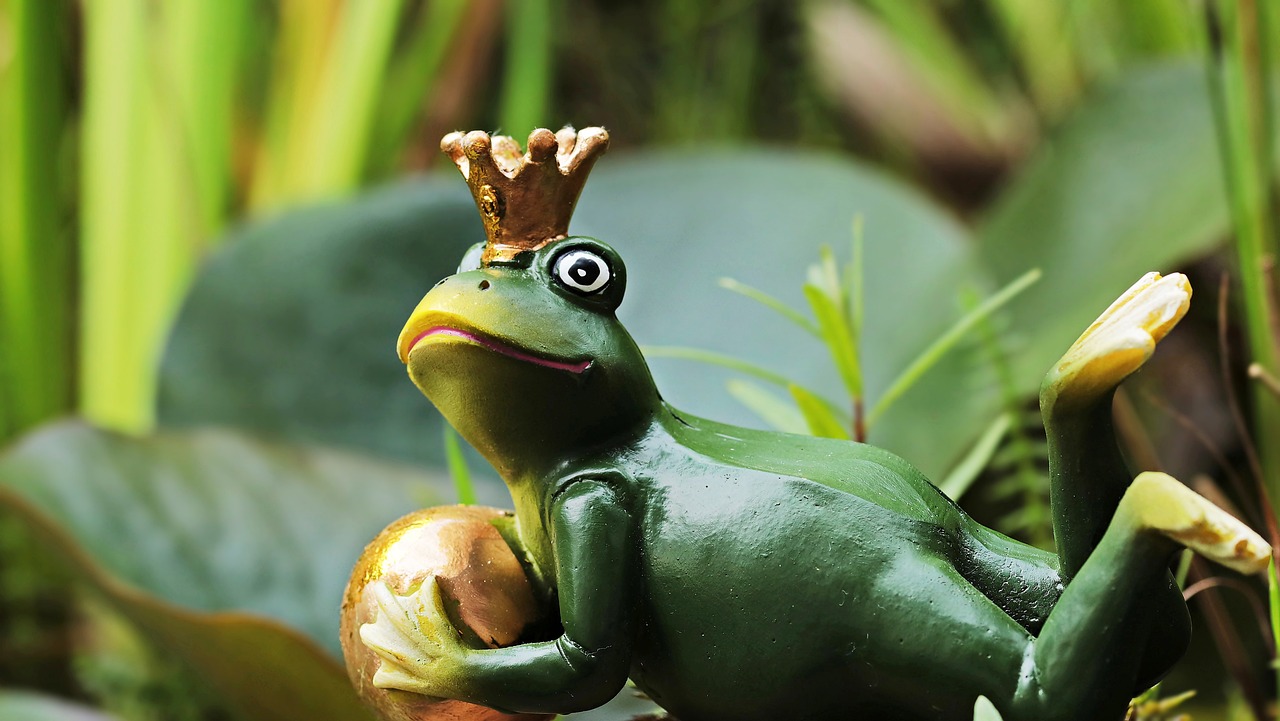
Creating the Base of the Crown
Creating the base of your flower crown is an exciting step that sets the stage for your floral masterpiece. The base not only supports the flowers but also determines the overall comfort and fit of your crown. To start, you’ll need to measure your head accurately. This is crucial because a well-fitted crown will stay in place comfortably without pinching or slipping. Grab a measuring tape and wrap it around your forehead, just above your ears, noting the measurement. It’s a good idea to add an extra inch or two for twisting the wire ends together later on.
Once you have your measurement, it’s time to cut the wire. Using floral wire, which is both flexible and sturdy, will give you the best results. Cut a length of wire that matches your measurement plus that extra inch. Now, here comes the fun part: shaping the wire into a circle! Carefully bend the wire into a circular shape, ensuring it follows the natural curve of your head. When the ends meet, twist them together securely. This creates a solid base that will hold the flowers in place and give your crown a beautiful, rounded shape.
Here’s a quick tip: if you’re using vine wire for a sturdier crown, you might want to twist the wire around itself a few times to ensure it’s robust enough to support heavier blooms. The thickness of vine wire provides additional durability, making it perfect for outdoor wear or more elaborate designs. Regardless of the type of wire you choose, the key is to ensure that your base is both comfortable and secure. A well-made base will make the entire flower crown process more enjoyable and successful!
Once your base is ready, take a moment to admire your work. This initial structure is the foundation of your creative expression, and it’s where your personality will shine through as you add your chosen blooms. Remember, the base of your flower crown isn’t just functional; it’s also a canvas waiting for your artistic touch!
- How long should the wire be for the crown base? It should be the measurement of your head circumference plus an extra inch or two for twisting the ends together.
- Can I use any type of wire? While you can use various types, floral wire and vine wire are the best options due to their flexibility and sturdiness.
- What if my crown feels too tight? You can adjust the wire by carefully untwisting the ends and reshaping it for a better fit.
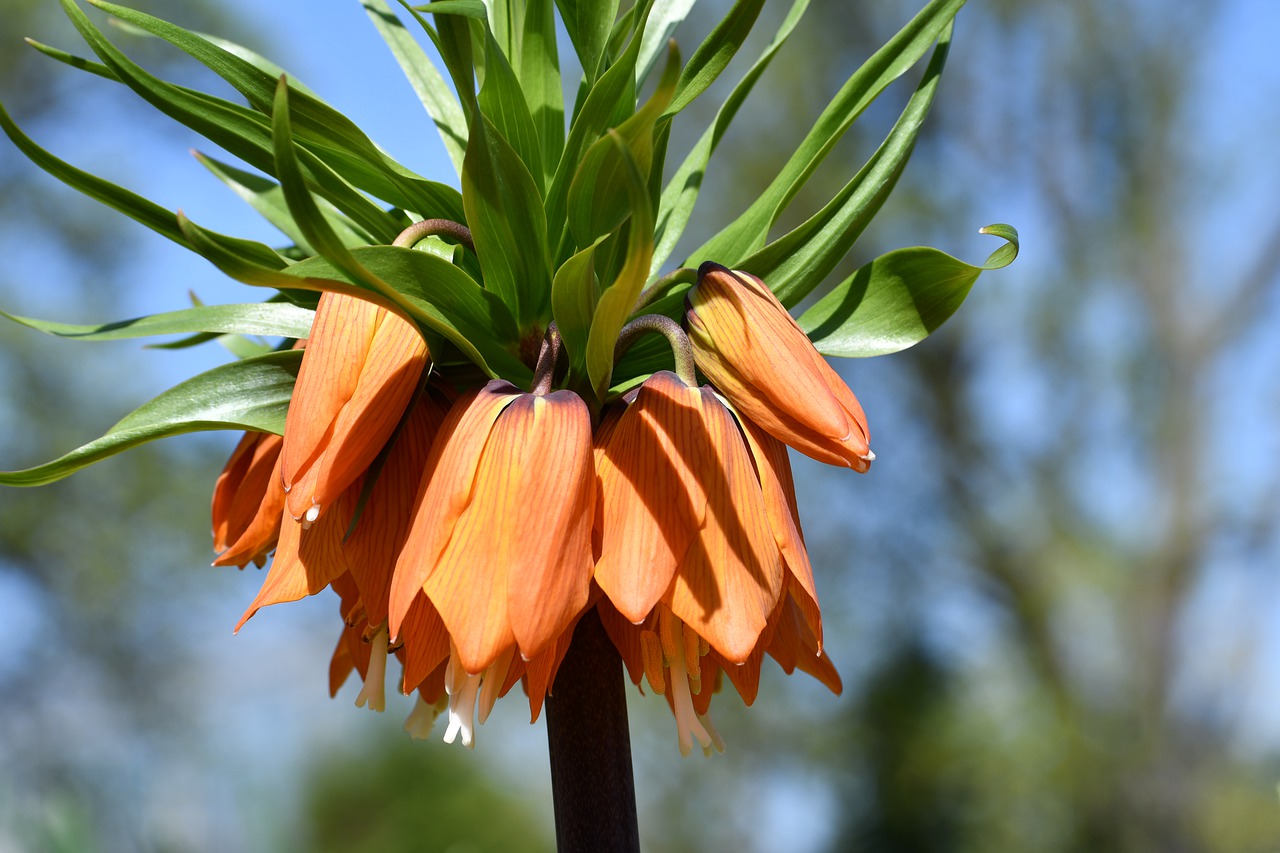
Measuring for Fit
When it comes to creating a flower crown, one of the most crucial steps is ensuring that it fits comfortably on your head. Imagine putting on a crown that feels like a vice grip or, worse, slips off at the first hint of movement! To avoid such mishaps, you'll want to measure your head accurately. Start by grabbing a flexible measuring tape, which is often used in sewing. If you don’t have one handy, a piece of string can work in a pinch—just remember to measure it against a ruler afterward.
Wrap the measuring tape around your head, just above your ears and across your forehead, where you want the crown to sit. Make sure it’s snug but not too tight; you want to avoid any discomfort. Once you have your measurement, jot it down. This number will be your guide for cutting the wire. If you're using a string, mark where it overlaps, then measure that length against a ruler or a yardstick.
Here’s a quick reference table to help you understand how different head sizes correspond to wire lengths:
| Head Size (inches) | Wire Length (inches) |
|---|---|
| 20 - 21 | 24 |
| 21 - 22 | 26 |
| 22 - 23 | 28 |
| 23 - 24 | 30 |
Once you have your length, it's time to cut the wire. Always cut a little extra—better to have a bit too much than not enough. After cutting, it's essential to shape the wire into a circle. Twist the ends together securely, ensuring that the base is sturdy enough to support the flowers you'll be adding later. Remember, this is the foundation of your flower crown, so take your time to get it right!
In summary, measuring for fit may seem like a small step, but it lays the groundwork for a beautiful and comfortable flower crown. Now that you have your base ready, you’re one step closer to creating a stunning accessory that will turn heads and bring smiles!
- What types of flowers are best for a flower crown? Look for flowers that are lightweight and have sturdy stems, such as daisies, baby’s breath, or small roses.
- How long will my flower crown last? If made with fresh flowers and cared for properly, a flower crown can last anywhere from a few hours to a couple of days.
- Can I make a flower crown with artificial flowers? Absolutely! Artificial flowers can be a great alternative, especially if you want your crown to last longer.
- What should I do if my crown feels too tight? If your crown feels uncomfortable, you can gently un-twist the wire at the back and adjust it for a better fit.
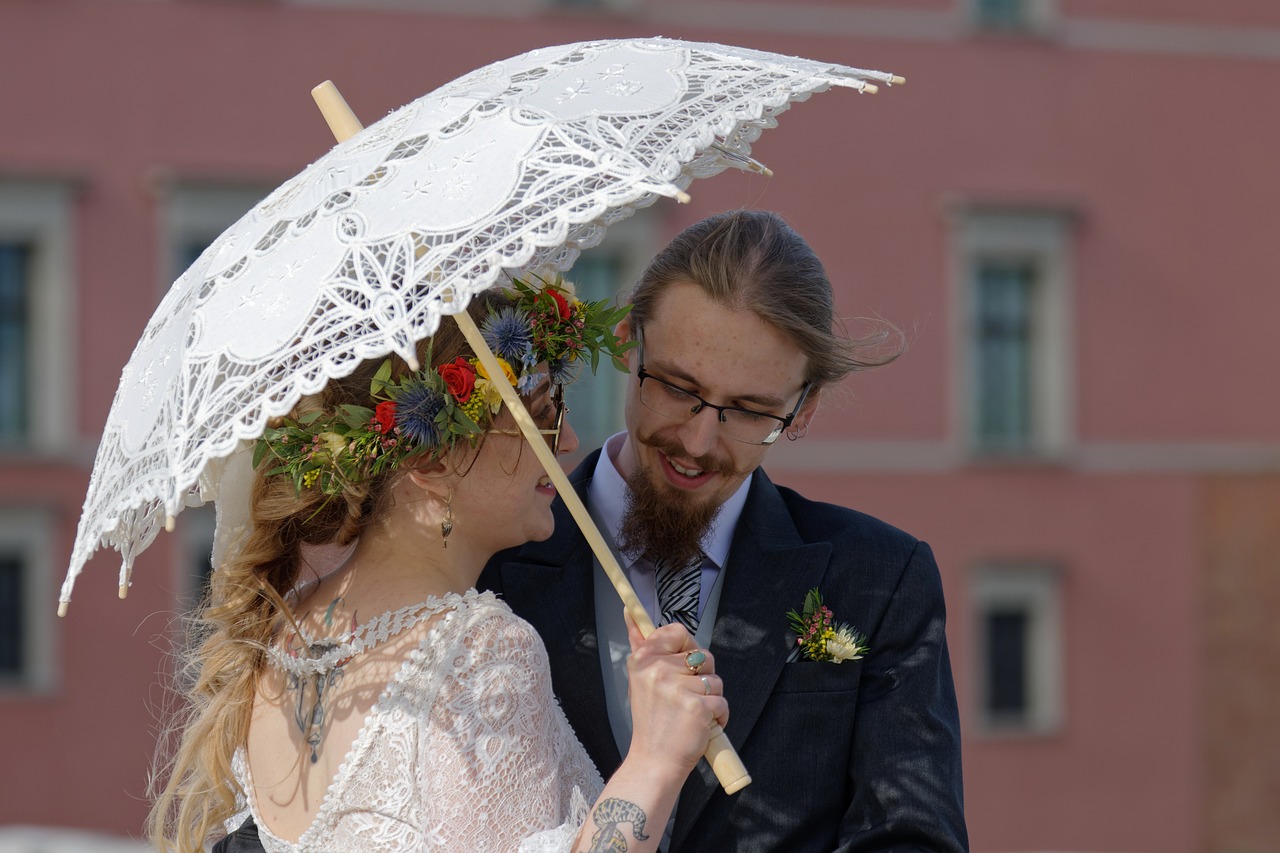
Shaping the Base
Shaping the base of your flower crown is like laying the foundation for a beautiful house; it needs to be sturdy and well-crafted to support everything that comes after. Start by taking the floral wire you’ve chosen, and remember, the wire should be flexible enough to twist but strong enough to hold the weight of your flowers. Begin by measuring the circumference of your head using a measuring tape. It’s essential to get this right—too tight, and you’ll be uncomfortable; too loose, and your crown might slip off. Aim for a snug fit that hugs your head gently.
Once you have your measurement, cut the wire to size, adding an extra couple of inches to allow for twisting the ends together. This extra length is crucial; it gives you a little leeway for adjustments and ensures that the crown remains secure. With the wire cut, it’s time to shape it into a circle. Start by gently bending the wire into a circular form. This part is like molding clay; take your time to ensure it’s even and round. When you bring the ends together, twist them securely to create a solid base. This twisting action is what gives your crown its strength, so don’t be shy—make sure it’s tight!
As you shape the base, take a moment to hold it against your head to check the fit. It should feel comfortable but not loose. If it’s too tight, you can easily adjust it by gently pulling the ends apart. If it’s too loose, simply twist the ends together a bit more until you achieve the desired snugness. This step is crucial because a well-fitted base will ensure that your flower crown not only looks stunning but also stays in place while you dance, twirl, or enjoy a sunny day outdoors.
Now that you have a solid base, you’re ready to move on to the fun part—arranging your flowers! But before you dive in, remember that the shape and sturdiness of your base will significantly affect how your flowers sit and how your crown ultimately looks. So, take pride in this foundational step, and you’ll be rewarded with a gorgeous flower crown that showcases your creativity.
- How long will my flower crown last? The longevity of your flower crown depends on the types of flowers used and how well you prepare them. Generally, fresh flowers can last a few days to a week if properly cared for.
- Can I use artificial flowers? Absolutely! Artificial flowers can create a beautiful crown that lasts much longer and can be reused for various occasions.
- What types of flowers work best for crowns? Opt for flowers that are lightweight and have sturdy stems. Good choices include daisies, baby’s breath, and small roses.
- How do I store my flower crown? If you need to store your crown, place it in a cool, dry place, ideally in a container that keeps it from getting squished.
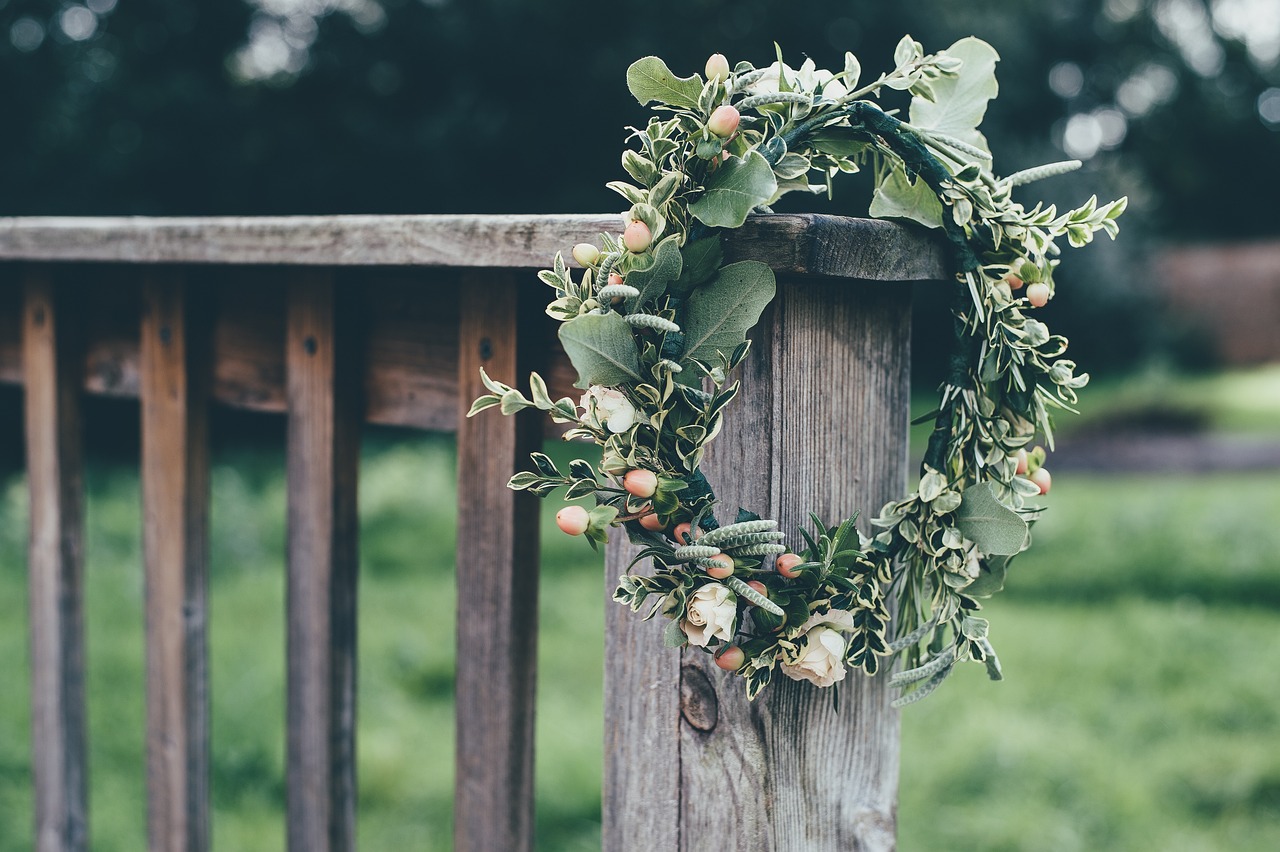
Arranging the Flowers
Flower arrangement is where your creativity truly shines when making a flower crown. It's not just about sticking flowers onto a wire; it's a delicate dance of colors, shapes, and textures that come together to create a beautiful masterpiece. Imagine each bloom as a note in a song, harmonizing with the rest to create a melodious visual experience. To achieve a balanced and visually appealing flower crown, consider a few essential techniques that will elevate your floral design.
One of the most effective techniques is layering. Layering flowers not only adds depth but also creates an interesting texture that draws the eye. Start with larger blooms as your focal points; these are the stars of your crown and should be placed strategically to catch attention. Surround these larger flowers with smaller blooms, filling in the gaps and creating a cohesive look. Think of it like a well-composed painting where each element plays a vital role in the overall picture.
When arranging your flowers, consider the color palette you want to achieve. A harmonious blend of colors can create a stunning visual effect. For instance, if you're working with a mix of pastel shades, you might want to place the soft pinks and lavenders next to each other, allowing the colors to flow seamlessly. Alternatively, a bold and vibrant crown might benefit from contrasting colors, such as deep reds next to bright yellows, creating a striking and energetic look. Here’s a quick reference table to help you choose your color combinations:
| Color Combination | Effect |
|---|---|
| Pastels (Pink, Lavender, Peach) | Soft, Romantic |
| Bright Colors (Red, Yellow, Blue) | Bold, Energetic |
| Monochromatic (Various Shades of One Color) | Elegant, Cohesive |
As you arrange the flowers, don’t forget to consider their fragrance. Combining flowers with different scents can create a delightful sensory experience. Imagine wearing a crown that not only looks stunning but also smells heavenly! To secure the flowers in place, use floral tape and wire. Wrap the stems of the flowers tightly to the base, ensuring they stay put as you move. This step is crucial because no one wants their crown to fall apart during a fun day out!
Lastly, take a step back and admire your work as you go. Sometimes, it helps to view your crown from different angles to ensure that it looks balanced from all sides. If something feels off, don’t hesitate to adjust the flowers. Remember, creating a flower crown is an art form, and like any artist, you have the freedom to make changes until it feels just right. So, let your imagination run wild, and enjoy the process of creating something uniquely yours!
- Can I use any type of flower? While you can use many types of flowers, it's best to choose blooms that are sturdy and can withstand being arranged. Avoid flowers that wilt quickly.
- How long will my flower crown last? A fresh flower crown can last anywhere from a few hours to a couple of days, depending on the flowers used and how well they are cared for.
- Can I make a flower crown for children? Absolutely! Just be sure to use non-toxic flowers and secure everything tightly to avoid any accidents.
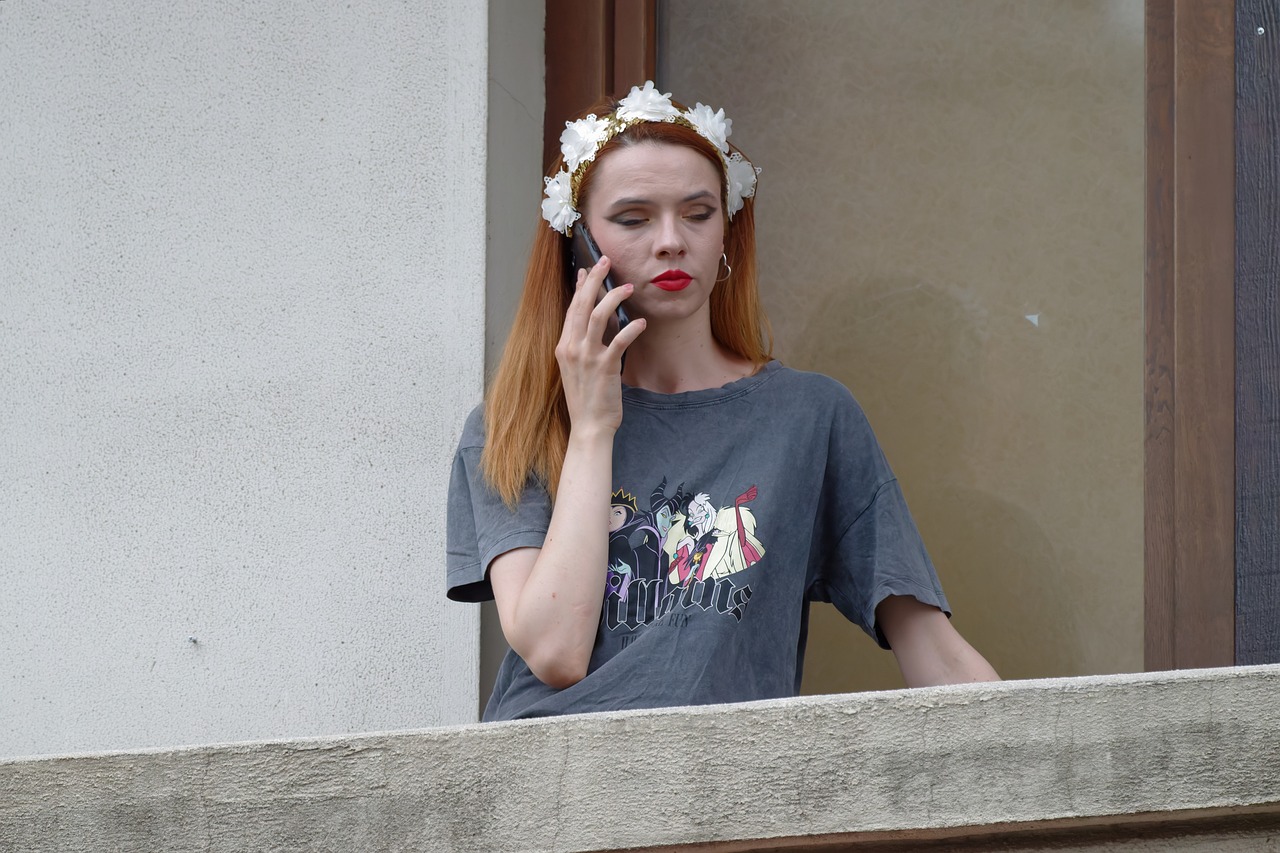
Layering Techniques
When it comes to creating a stunning flower crown, layering techniques are your secret weapon. Think of your crown as a delicious cake; the way you layer your flowers can make all the difference between a simple dessert and a show-stopping centerpiece. Start by selecting larger blooms as your focal points. These are the flowers that will capture attention and serve as the stars of your crown. Popular choices for focal flowers include sunflowers, peonies, and roses, which provide vibrant color and a striking presence.
Once you’ve placed your larger blooms, it’s time to fill in the gaps with smaller flowers. This is where your creativity can really shine! Smaller flowers like daisies, baby’s breath, or even sprigs of lavender can add texture and depth, creating a lush, full look that’s visually appealing. As you arrange these smaller blooms, think about the color palette you want to achieve. You can opt for a monochromatic scheme for a sophisticated vibe or mix and match colors for a more playful and whimsical feel.
As you layer, consider the height and direction of your flowers. Varying the heights can create a dynamic look, while positioning some blooms facing outward and others inward can add dimension. For instance, if you have a large sunflower at the front, you might want to place smaller flowers slightly behind it, angling them to peek out. This layering technique not only enhances the visual interest but also ensures that every flower gets its moment to shine.
To make sure your arrangement stays balanced, step back periodically and assess your work. This is akin to a painter stepping back from the canvas to see if the colors and shapes harmonize. If something feels off, don’t hesitate to adjust the placement of your flowers until you achieve that perfect balance. Remember, the goal is to create a crown that feels organic and full of life, so let your instincts guide you!
Lastly, don’t forget about the greenery. Incorporating leaves and vines can beautifully frame your flowers, adding an earthy touch that enhances the overall aesthetic. Think of greenery as the icing on your cake; it ties everything together and completes the look. Whether you choose eucalyptus leaves for a modern feel or ferns for a more bohemian vibe, the right greenery can elevate your flower crown to a whole new level.
- How long will my flower crown last? - With proper care, a fresh flower crown can last anywhere from a few hours to a couple of days. Keep it hydrated and store it in a cool place when not in use.
- Can I use artificial flowers? - Absolutely! Artificial flowers can be a great alternative if you want a long-lasting crown. Just make sure to choose high-quality ones for the best appearance.
- What types of flowers should I avoid? - Avoid flowers that are highly fragrant or have a tendency to wilt quickly, like certain tropical blooms. Stick with hardy varieties that can withstand some handling.
- How can I customize my flower crown? - Personalize your crown by adding unique embellishments like beads, feathers, or ribbons that reflect your style.
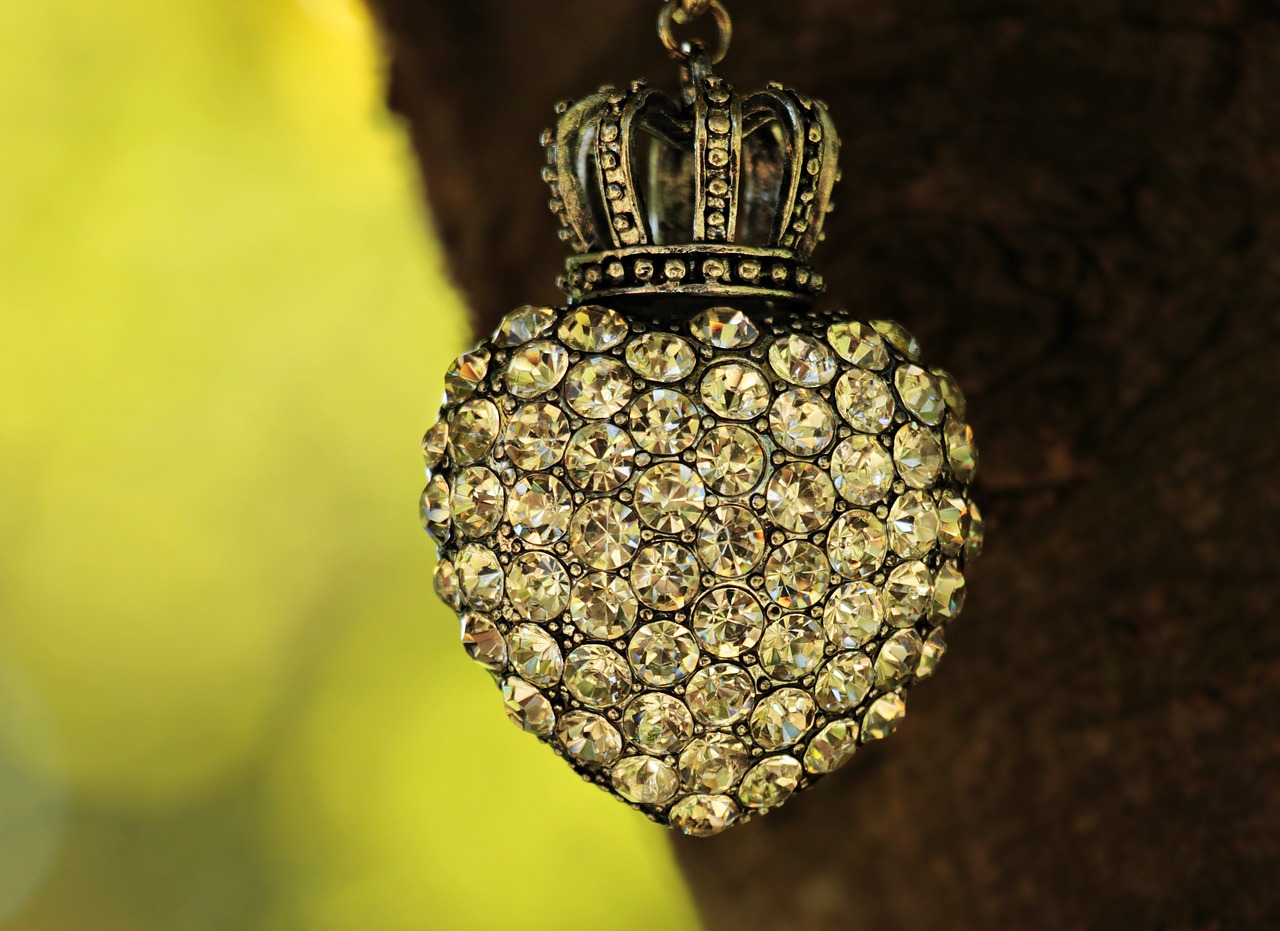
Securing Flowers in Place
Once you’ve arranged your beautiful blooms, the next crucial step is securing the flowers in place. This is where your creativity and technique come into play, ensuring that your flower crown not only looks stunning but also lasts throughout your event, whether it’s a festival, wedding, or a casual day out. You wouldn’t want your hard work to wilt away after just a few hours, right?
To start, you’ll want to use floral tape and wire effectively. Floral tape is stretchy and sticky, making it perfect for binding stems together and keeping them in place. As you wrap the tape around the base of the flower stems, be sure to pull it slightly to activate its adhesive properties. This will help create a secure hold and prevent any flowers from slipping out of place.
Here’s a quick breakdown of how to secure your flowers:
- Start from the base: Begin wrapping the tape around the base of the flower, ensuring that you cover the stems thoroughly.
- Overlap as you go: As you wrap, overlap the tape slightly to create a sturdy grip. This will ensure that the flowers are tightly secured.
- Use wire for extra support: After taping, you can reinforce the flowers by using floral wire. Cut a piece of wire and wrap it around the stems just below the blooms, twisting the ends together to secure them firmly.
For larger flowers or clusters, it’s wise to use multiple pieces of wire for added stability. You can even create a crisscross pattern with the wire to ensure that they stay put, especially if you’re using heavier blooms. Remember, the goal is to make sure that your flowers are not only beautiful but also durable enough to withstand movement and the elements.
Additionally, as you secure each flower, take a step back and assess your arrangement. This will help you see if any flowers need more support or if some are too tightly secured, which might cause them to droop. It’s all about finding that perfect balance!
In conclusion, securing your flowers is an art form in itself. With a bit of patience and careful attention, you can create a flower crown that not only looks breathtaking but also stands the test of time. So grab your floral tape and wire, and let’s make that crown shine!
Here are some common questions people have about making flower crowns:
- How long will my flower crown last? With proper care and the right materials, a flower crown can last anywhere from a few hours to a couple of days. Keeping it hydrated and cool will help extend its life.
- Can I use artificial flowers? Absolutely! Artificial flowers can be a great alternative if you want a long-lasting crown. Just make sure they are of good quality for the best appearance.
- What types of flowers are best for crowns? Smaller blooms like daisies, baby’s breath, and even herbs work well. Larger flowers can be used as focal points, but ensure they are securely attached.
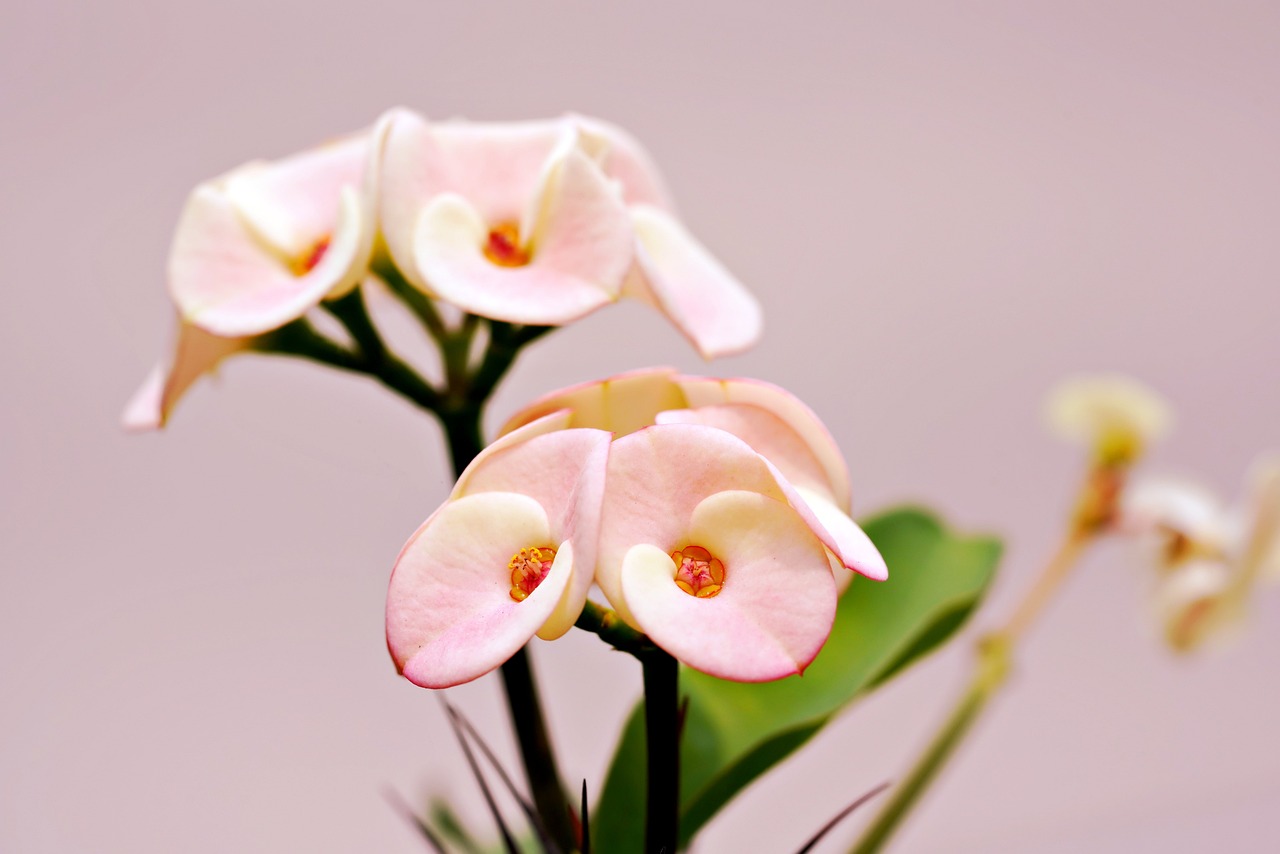
Finishing Touches
Once you've crafted the base of your flower crown and arranged your blooms, it's time to add those all-important finishing touches that will truly make your creation shine. Think of this stage as the cherry on top of your sundae—it's what elevates your flower crown from lovely to absolutely stunning! You can incorporate a variety of elements to personalize your crown and give it that unique flair that reflects your style.
One fantastic way to enhance your flower crown is by incorporating greenery. Greenery not only adds a lush, natural element but also provides a beautiful backdrop that highlights the vibrant colors of your flowers. Consider using a mix of leaves, ferns, or even trailing vines to create a dynamic look. When arranging the greenery, think about how it can frame the flowers. For instance, you could use larger leaves as a base and then layer smaller ones around the blooms. This layering technique adds depth and texture, making your crown visually appealing and rich in detail.
Another delightful option for finishing touches is to add ribbons or embellishments. Ribbons can be tied around the base of the crown, cascading down for a whimsical effect. Choose colors that complement your flowers; for example, a soft pastel ribbon can add a romantic touch, while a bold, vibrant one can create a fun and playful vibe. You might also consider adding small embellishments like beads or decorative pins that can catch the light and add a bit of sparkle. These little details can transform your crown into a statement piece that captures attention.
To help you visualize your options, here's a quick table summarizing some popular finishing touches:
| Finishing Touch | Description | Effect |
|---|---|---|
| Greenery | Leaves, ferns, or vines to frame flowers | Adds depth and a natural look |
| Ribbons | Soft or vibrant ribbons tied around the crown | Creates a whimsical or romantic effect |
| Embellishments | Beads, decorative pins, or small charms | Adds sparkle and personal touch |
As you finalize your flower crown, remember that the goal is to express your creativity and personality. Don’t be afraid to mix and match elements until you find the combination that feels just right for you. After all, this flower crown is a reflection of your unique style and spirit! Whether you're wearing it to a festival, a wedding, or just for a fun day out, these finishing touches will ensure that your flower crown stands out and looks fabulous.
Q: How long will my flower crown last?
A: The longevity of your flower crown depends on the types of flowers used and how well they are cared for. Typically, fresh crowns can last anywhere from a few hours to a couple of days. To extend their life, keep them in water until you’re ready to wear them and avoid exposing them to direct sunlight.
Q: Can I use artificial flowers for my crown?
A: Absolutely! Artificial flowers are a great option if you want a crown that lasts longer. They come in a variety of colors and styles and can be reused for multiple occasions.
Q: What types of flowers are best for a flower crown?
A: Lightweight flowers such as daisies, baby’s breath, and small roses are excellent choices. You can also use greenery and herbs like eucalyptus or lavender for added texture and fragrance.
Q: How do I store my flower crown after making it?
A: If you want to keep your crown for a longer period, store it in a cool, dry place, preferably in a box or container that allows for airflow. Avoid placing heavy items on top to maintain its shape.
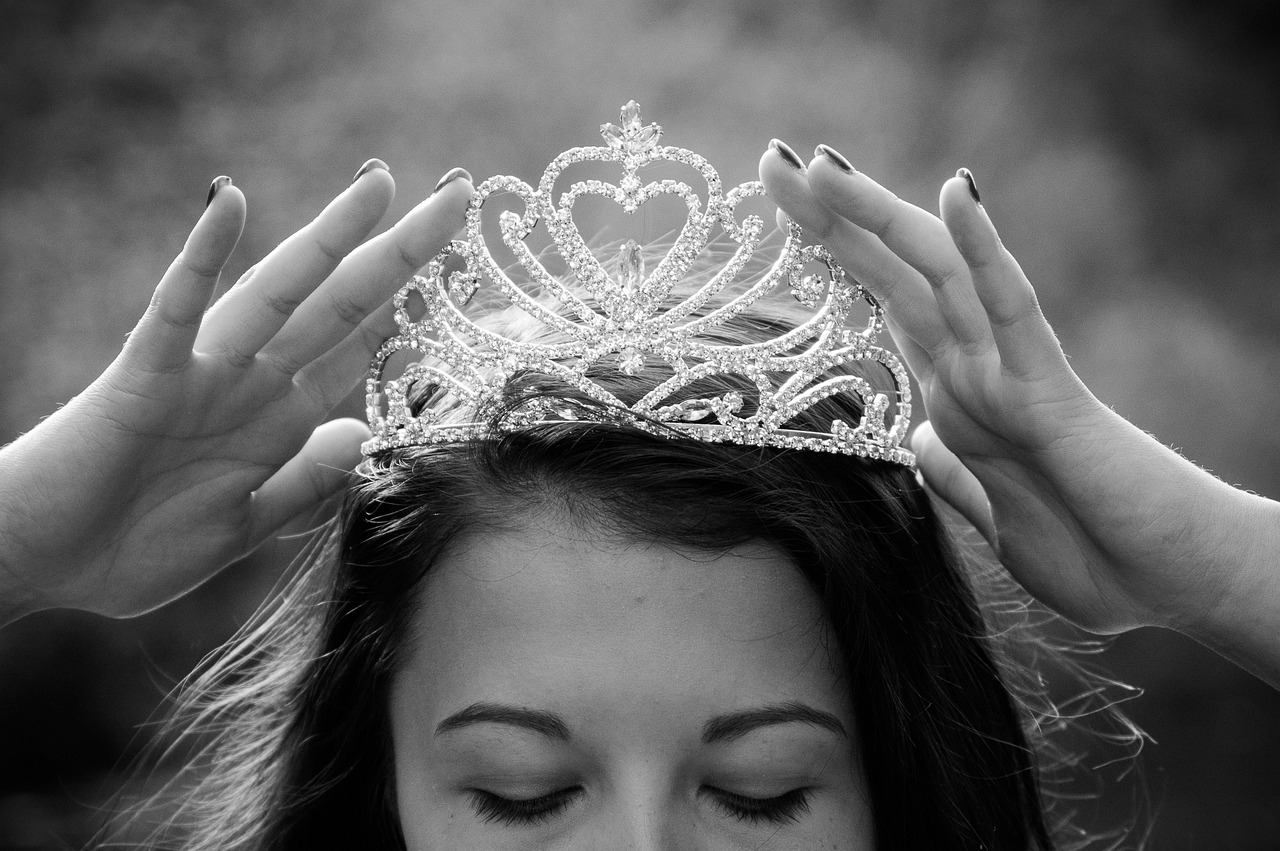
Incorporating Greenery
When it comes to creating a stunning flower crown, greenery is not just an afterthought; it’s a game-changer! Incorporating leaves, vines, and other natural elements can truly elevate your crown, adding depth and a lush, organic feel that complements the vibrant colors of your blooms. Think of greenery as the canvas that enhances the beauty of your floral masterpiece. It provides a beautiful backdrop that allows the flowers to pop, creating a harmonious balance that’s visually captivating.
One of the best ways to incorporate greenery is by using a variety of leaves. For instance, eucalyptus, with its silvery-green hue and unique texture, can add a modern twist to your crown. On the other hand, ferns can introduce a whimsical touch, reminiscent of enchanted forests. You can also consider using ivy, which can drape elegantly and add a romantic feel to your design. The key is to mix and match different types of greenery to create a layered effect that draws the eye.
As you arrange your crown, think about how the greenery interacts with the flowers. You can use larger leaves as a base, filling in spaces between the blooms, while smaller, delicate leaves can be used to accentuate the focal points. This layering not only adds texture but also creates a sense of movement in your crown, making it feel alive and dynamic.
To secure the greenery in place, you can use floral wire or tape, just like you would with the flowers. This ensures that everything stays put while you wear your beautiful creation. If you’re looking for a little extra flair, consider weaving in some trailing vines that cascade down, adding a touch of drama and elegance. Just imagine how stunning your flower crown will look, adorned with delicate greenery that dances in the breeze!
Incorporating greenery is all about creativity and personal expression. Don’t be afraid to experiment with different textures and shades. Whether you choose to go for a wild, bohemian style or a more structured, elegant look, the right greenery can transform your flower crown into a show-stopping accessory that reflects your unique personality.
- What types of greenery work best for flower crowns?
Common choices include eucalyptus, ferns, ivy, and various types of leaves that complement your flowers. Mixing different textures and shades can create a stunning effect.
- How do I keep my flower crown fresh?
To maintain freshness, hydrate your flowers before crafting and store the crown in a cool place. You can also lightly mist it with water to keep it looking vibrant.
- Can I make a flower crown with artificial flowers?
Absolutely! Artificial flowers can be a great alternative, especially for events where you want your crown to last longer. Just make sure to use high-quality materials for the best results.
- How long does it take to make a flower crown?
Creating a flower crown typically takes about 30 minutes to an hour, depending on your design and the number of flowers used.
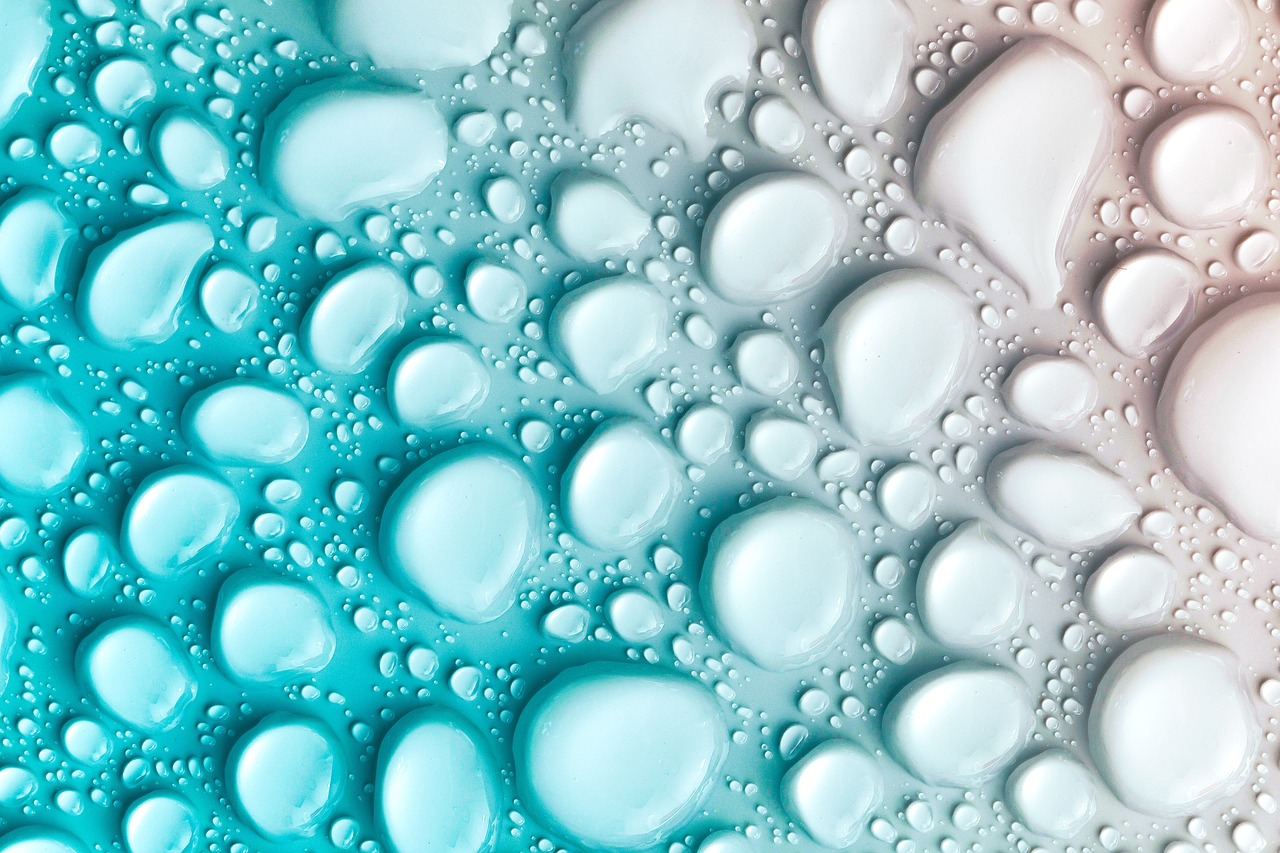
Adding Ribbons or Embellishments
Once you've crafted the base of your flower crown and arranged the blooms to perfection, it’s time to think about those delightful finishing touches that can truly elevate your creation. Adding ribbons or embellishments is not just about aesthetics; it’s about personalizing your crown to reflect your unique style and personality. Imagine walking into a festival, your crown adorned with vibrant ribbons fluttering in the breeze, or perhaps a soft, delicate lace that whispers elegance. The right embellishments can transform your flower crown from a simple accessory into a stunning statement piece.
When choosing ribbons, consider the color palette of your flowers. A contrasting color can create a striking visual impact, while a matching hue can enhance the overall harmony of your crown. You might want to opt for materials like satin for a luxurious feel, or burlap for a rustic touch. Here are a few ideas to inspire your creativity:
- Soft Satin Ribbons: These can be tied around the base of the crown, cascading down your hair for an enchanting look.
- Twine or Jute: For a more bohemian vibe, consider using natural fibers that blend beautifully with garden blooms.
- Lace: Adding lace can introduce a vintage charm, perfect for weddings or garden parties.
Think about how you want to incorporate these elements. You can wrap the ribbon around the base of the crown, allowing it to drape down your back, or you can weave it in and out among the flowers for a more integrated look. If you’re feeling particularly adventurous, consider adding small embellishments like beads or charms. They can be threaded onto the ribbons or attached directly to the flowers, adding a touch of sparkle that catches the light beautifully.
Another fantastic option is to use floral embellishments such as dried flowers or small artificial blooms. These can be strategically placed among your fresh flowers, adding layers and depth to your crown. Just ensure that whatever embellishments you choose, they complement rather than overwhelm the natural beauty of the blooms.
Lastly, don’t forget about the emotional aspect of your flower crown. Perhaps you have a special ribbon that holds sentimental value or a charm that symbolizes something meaningful to you. Incorporating these personal touches can make your flower crown not just a beautiful accessory, but a cherished keepsake that tells your story.
- How long will my flower crown last? With proper care, a fresh flower crown can last anywhere from a few hours to a couple of days. Keep it hydrated and store it in a cool place when not in use.
- Can I use artificial flowers? Absolutely! Artificial flowers can add longevity to your crown and allow for more elaborate designs without the worry of wilting.
- What types of flowers work best for crowns? Lightweight flowers such as daisies, baby’s breath, and small roses are ideal. Avoid heavy blooms that might weigh down the crown.
Frequently Asked Questions
- What types of flowers are best for a flower crown?
When choosing flowers for your crown, opt for blooms that are lightweight and have sturdy stems. Popular choices include daisies, baby’s breath, and wildflowers. Consider the color and fragrance as well to create a harmonious look!
- How do I keep my flower crown fresh?
To keep your flower crown looking fresh, trim the stems before crafting, and place the flowers in water for a few hours. After making the crown, mist it lightly with water and store it in a cool place until you're ready to wear it.
- Can I use artificial flowers for my crown?
Absolutely! Artificial flowers can be a great alternative if you want your crown to last longer. They come in various colors and styles, so you can create a stunning look without worrying about wilting blooms.
- How do I measure my head for the crown?
To measure your head, use a soft measuring tape and wrap it around the area where you want the crown to sit. Make sure it's snug but not too tight, then add an inch or two for comfort.
- What materials do I need to make a flower crown?
You’ll need floral wire, floral tape, scissors, and of course, your chosen flowers. Having everything ready will make the crafting process smooth and enjoyable!
- How do I secure the flowers in place?
To secure your flowers, use floral tape to wrap the stems to the wire base. You can also use additional pieces of wire to ensure they stay firmly in place, especially if you're using larger blooms.
- Can I add decorations to my flower crown?
Definitely! Adding ribbons, beads, or even small embellishments can give your crown a unique flair. Let your creativity shine and make it truly yours!
- How long will my flower crown last?
The longevity of your flower crown depends on the type of flowers used. Fresh crowns can last several hours to a day, while artificial ones can last indefinitely. Just remember to keep them out of direct sunlight to maintain their beauty!



















